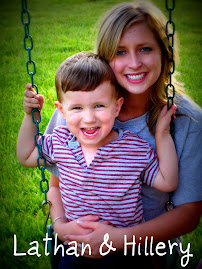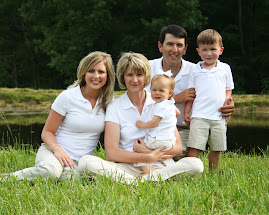This article discusses the common types of speech and language disorders. There are between 3 to 6 million children in the
One type of disorder is “apraxia is a neurological speech disorder that affects a child’s ability to plan, execute, and sequence the movements of the mouth necessary for intelligible speech.” Many children with this also have difficulty with sensory integration, or how he processes information from all of his senses.
Another type is “phonological disorder is difficulty with the “rules” or “patterns” for combining sounds intelligibly in speech in English.” Examples of this would be leaving off consonant sounds that precede a vowel, producing only one syllable in a multisyllabic word, and simplifying a multisyllabic word to a duplicated pattern.
A third type is “articulation disorder is difficulty with the production or pronunciation of speech sounds.” This is difficulty with an isolated sound such as substituting /w/ for /r/, or “st”.
A fourth type is “an auditory processing disorder is difficulty with listening to, receiving, analyzing, and organizing, storing, and retrieving information.” With auditory processing disorder children may have difficulty paying attention to what someone is saying or difficulty following directions when there is background noise or when they are more focused on something else.
A fifth type is “dysarthria is a neurological speech disorder that affects a child’s muscle tone.” This is present in children with Down Syndrome, cerebral palsy, or any other condition that causes “low tone”. Weakness will be seen in the muscles used for speech which include lips, tongue, soft palate, and cheeks.
A sixth type is “Dysfluency is the more professional term for stuttering.’ Many children develop the “stutter” when they move from using single words and short phases to longer sentences and/or when they are under pressure to speak.
The seventh type is “expressive language disorder is present when a child is not meeting milestones in the area of language usually involving vocabulary, combining words into phases, and beginning to use the early markings of grammar.” This disorder can and often co-exists with apraxia. With this disorder they have difficulty learning and retrieving new words and putting sentences together.
And the last type is “a receptive language disorder is difficulty understanding language”. Children with this type of disorder do not follow directions and it is not because they are being disobedient, but because they do not understand what they are being told to do.
This is a very informative article therefore there is anything for me to disagree with. It mainly explains the common types of speech and language disorders by telling what they are and what to expect from each type of disorder.
Works Cited
"Why Can’t My Child Talk? Common Types of Speech and Language Disorders." 5 Mar. 2008





No comments:
Post a Comment